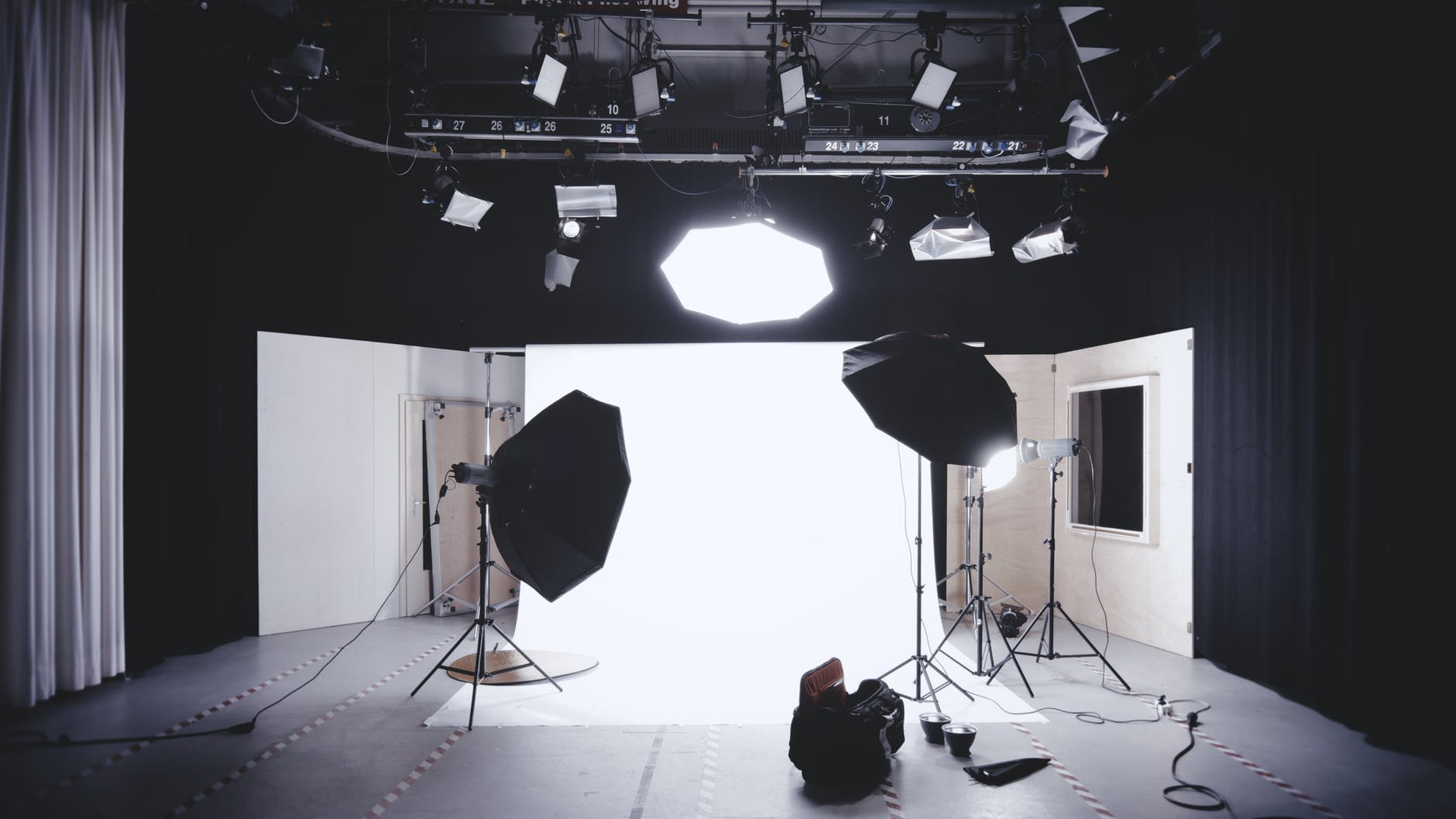
Getting into professional photography is not just about buying the most expensive camera and equipment. It takes a lot of dedication and continuous learning to rise above the sea of aspiring and working photographers already offering their services.
However, if you’re ready to get serious about offering your photography services to clients, one of the first things you need is a professional portfolio that showcases your skills and unique style. As a photographer, your portfolio is your calling card and resume in one. It’s a vital tool that presents your best shots to potential clients, who may not be familiar with your work.
In this article, we’ll explore the essential elements that can help you build a photography portfolio that leaves a lasting impression and hopefully helps you land your dream projects.
A Dedicated Photo Studio
For most photography applications, a studio is necessary to create controlled environments for consistency in the lighting and setup. In commercial or product photography, for instance, clients have several technical requirements, such as product angles and clear close-up shots that capture textures and details that may otherwise be lost without ideal lighting.
To build a diverse portfolio, you need a dedicated studio where you can experiment with lighting and props. In such an environment, you can also work on your portraiture photography or your fashion photography skills. Furthermore, the controlled conditions in a studio allow you to develop a signature style that sets you apart from the crowd.
Even if you can’t afford your own studio as a beginner photographer, you can rent a photo studio Los Angeles-based photographers frequently use. For as low as USD 20 per hour, you can shoot stellar fashion, product, and portrait photos that you can include in your professional portfolio.
Essential Photography Equipment
Obviously, you need essential photography equipment in order to build your portfolio and work towards becoming a professional photographer. For this, a reliable camera body and a selection of quality lenses are non-negotiable. However, for accessories such as special lenses and lighting rigs, the practical alternative is to rent specific equipment for your photoshoots. You can start purchasing your own gear later on.
Getting the right gear not only elevates the quality of your work but also gives you the creative freedom to tackle different projects. Whether you’re shooting in low light or capturing fast-moving subjects, having the right equipment is essential for building a diverse and captivating portfolio.
Photography Experience Through Paid and Free Work
Building a remarkable portfolio often requires a mix of paid and free work. Paid assignments help you earn a living and fund your photography ventures, while unpaid or collaborative projects allow you to explore new creative horizons and build valuable relationships.
Don’t shy away from occasional free work, especially when it aligns with your artistic vision. These opportunities can lead to paid gigs down the road and expand your portfolio with diverse and unique content. Plus, the experiences gained from both paid and free work contribute to your growth as a photographer.
Photography Contracts
While beginners in photography can offer their services to family and friends for free to gain much-needed experience, it’s also crucial to get actual work from a client and include these images in your portfolio. With a well-worded contract, this can be done legally and professionally.
In your contract, you can be specific about image rights and usage rights for your photos. In particular, you can state that you have the right to use the resulting pictures from the project for marketing purposes but not for commercial use. In crafting detailed contracts, you’ll be able to include photos into your portfolio and social media posts with express approval from your clients.
Photo Editing Skills
Photography doesn’t end after you press the shutter button. Post-processing or photo editing also plays a significant role in enhancing your images and defining your style. Thus, it’s important to learn to use photo editing software effectively to enable you to offer comprehensive photography services.
From colour correction and retouching to creative manipulation, editing allows you to refine your images to perfection. It’s the digital darkroom where you add the finishing touches that make your portfolio truly shine. Whether your style leans towards dramatic high-contrast images or soft, dreamy aesthetics, your editing skills will be on full display in your portfolio.
Professional Portfolio Website
While you can certainly utilise social media platforms to display your work, you would do better to have your own portfolio website for a more professional presentation. Instead of linking to your social media profile, you can provide potential clients with a link to your website. Think of it as your virtual gallery that’s always open to collaborators and photography enthusiasts.
Aside from having an exclusive virtual space for your most prized images, your website is also the foundation for your online presence. With proper SEO or search engine optimization, clients searching for photographers can find you more easily and consider your work even if they don’t know your name yet. Make your website portfolio simple and easy to navigate, and let your work speak for itself.
For a photographer starting in such a competitive industry, a stunning portfolio is your ticket to success. It’s a reflection of your skills and style, as well as a way to show how dedicated you are to your craft. Through the elements previously mentioned, you’ll be well on your way to crafting a portfolio that captivates both professional clients and fellow photographers alike.
Remember that building a portfolio is an ongoing journey. It evolves around your experiences and artistic growth. So, keep clicking and showcasing your work to unlock the full potential of your photography portfolio.
